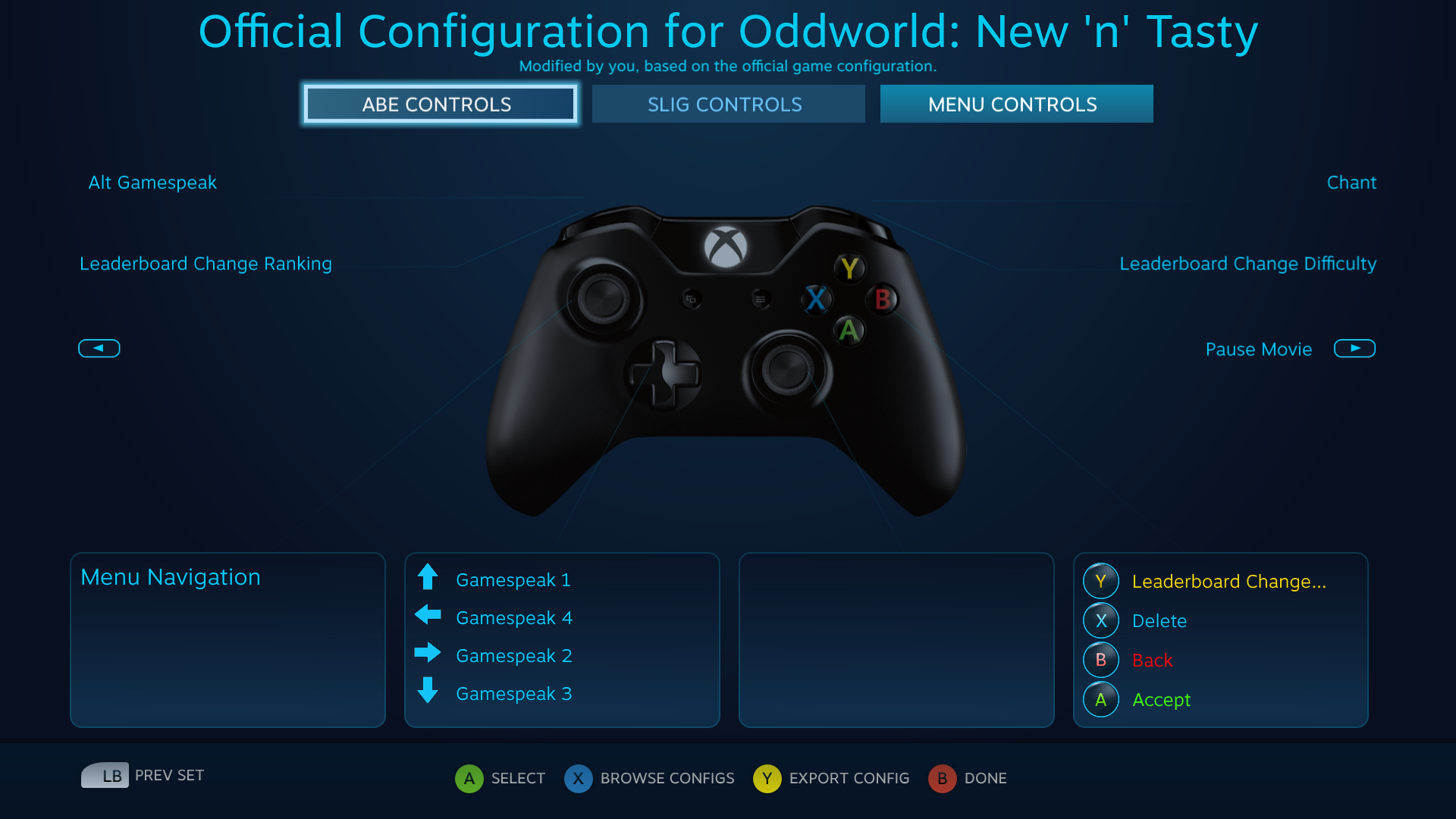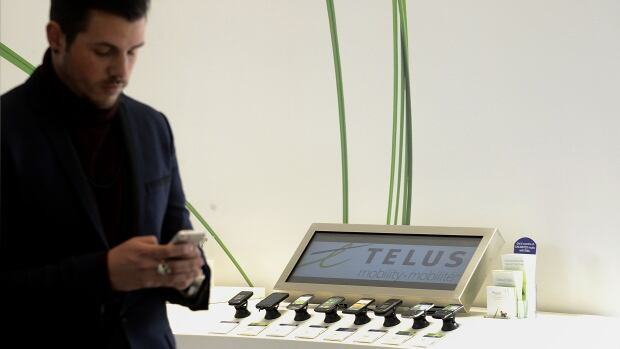The Ultimate One Controller Setup: Achieving Near-Universal Control

Table of Contents
Choosing the Right Universal Remote
Selecting the right universal remote is crucial for achieving a truly effective one controller setup. The market offers a wide array of options, each with its own strengths and weaknesses. Understanding the different types and key features will help you make an informed decision.
Types of Universal Remotes:
- Learning Remotes: These remotes learn commands by "listening" to your existing remotes. They're great for older devices without readily available codes but can be less intuitive to program.
- Programmable Remotes: These remotes utilize a database of device codes, making programming simpler and faster. They offer greater compatibility with a broader range of devices.
- Smart Remotes: These go beyond basic functionality, often integrating with smart home ecosystems like Google Home, Amazon Alexa, or Apple HomeKit, offering voice control and advanced automation capabilities.
Key Features to Consider:
- Backlit Buttons: Essential for easy navigation in low-light conditions.
- Macro Programming: Allows you to create custom sequences of commands, automating complex actions like starting your "Movie Night" setup with a single button press.
- Voice Control: Offers hands-free control, enhancing convenience and accessibility.
- Smartphone Integration: Allows you to control your devices from your phone, offering flexibility and additional control options.
- Compatibility: Check for compatibility with various device protocols like IR (Infrared), RF (Radio Frequency), Bluetooth, and WiFi to ensure seamless integration with all your devices.
Top Universal Remote Recommendations:
While specific recommendations change with product updates and availability, researching popular models from brands like Logitech Harmony, Caavo, and other reputable manufacturers will provide you with various options to consider. Look for models with extensive user reviews to gauge their real-world performance and reliability. Remember to check the specifications carefully to ensure compatibility with your specific devices.
- Consider remotes with extensive device databases for easy setup.
- Look for models with good customer reviews and strong technical support.
- Factor in the number of devices you need to control – more devices may require a more advanced and feature-rich remote.
Integrating Your Smart Home Devices
Once you have your universal remote, the next step is integrating it with your smart home devices for comprehensive control. This unlocks the true potential of a unified control system.
Connecting Your Smart Home Hub:
Most modern universal remotes, especially smart remotes, seamlessly integrate with popular smart home hubs like:
- Google Home: Offers voice control and integration with a wide range of Google-compatible smart home devices.
- Amazon Alexa: Similar to Google Home, providing voice control and integration with a vast ecosystem of Alexa-enabled devices.
- Apple HomeKit: Seamless integration within the Apple ecosystem, offering intuitive control for Apple users.
The integration process typically involves downloading a dedicated app and following the manufacturer's instructions, which often involves connecting your hub to your Wi-Fi network and adding your devices.
Using Voice Control:
Voice control adds a significant layer of convenience to your one controller setup. Simple voice commands can control your TV, adjust the volume, launch streaming apps, and even manage your smart lighting.
Setting up Automated Scenes:
Creating custom scenes allows you to automate complex actions with a single button press or voice command. For example, your "Movie Night" scene could dim the lights, turn on your TV, start your sound system, and launch your preferred streaming service, all at once.
- Explore compatibility with popular smart home platforms and protocols (Zigbee, Z-Wave).
- Consider using IFTTT (If This Then That) or similar automation services for more complex control.
- Ensure your smart home devices are compatible with your chosen remote or hub. Check device specifications and compatibility lists carefully.
Troubleshooting and Optimization
Even with the best planning, you may encounter some challenges during setup and use. Being prepared for common issues will help ensure a smooth experience.
Common Problems and Solutions:
- Weak IR Signals: Line-of-sight is critical for IR remotes. Obstacles between the remote and your devices can weaken the signal. Consider using an IR extender to improve range.
- Incompatible Devices: Ensure your devices are compatible with your chosen universal remote's protocols (IR, RF, Bluetooth, WiFi). Check the device's manual and the remote's compatibility list.
- Programming Difficulties: Refer to your remote's manual for detailed programming instructions. If problems persist, check online support forums or contact the manufacturer's tech support.
Optimizing Your Setup for Best Results:
- Placement: Strategically place your devices and your universal remote to maximize signal strength and minimize interference.
- Signal Boosters: If you're experiencing weak signals, consider using IR or RF repeaters or extenders.
Seeking Professional Help:
If you're struggling with complex setups or persistent issues, don't hesitate to seek professional assistance from a home theater installer or tech support specialist.
- Check for line-of-sight issues with IR remotes.
- Ensure correct device codes are entered when programming your remote.
- Consider using an IR extender for devices that are difficult to reach.
Conclusion
Achieving the ultimate one controller setup simplifies your home entertainment and smart home experience dramatically. By carefully selecting a high-quality universal remote and integrating it effectively with your smart home devices, you can enjoy unparalleled convenience and control. Don't let multiple remotes clutter your living space – take control today and discover the power of a truly unified, streamlined one controller setup. Start exploring your options and build your perfect universal control system now!

Featured Posts
-
 The One Loss That Made Manon Fiorot Stronger A Ufc Success Story
May 12, 2025
The One Loss That Made Manon Fiorot Stronger A Ufc Success Story
May 12, 2025 -
 Campeonato Uruguayo De Segunda Division 2025 Fechas Formato Y Equipos
May 12, 2025
Campeonato Uruguayo De Segunda Division 2025 Fechas Formato Y Equipos
May 12, 2025 -
 John Wick 5 A Thrilling Update But Whens The Release
May 12, 2025
John Wick 5 A Thrilling Update But Whens The Release
May 12, 2025 -
 Sylvester Stallones Favorite Rocky Movie A Deep Dive Into The Franchises Most Emotional Entry
May 12, 2025
Sylvester Stallones Favorite Rocky Movie A Deep Dive Into The Franchises Most Emotional Entry
May 12, 2025 -
 Telus Announces Q1 Earnings Growth And Dividend Boost
May 12, 2025
Telus Announces Q1 Earnings Growth And Dividend Boost
May 12, 2025
